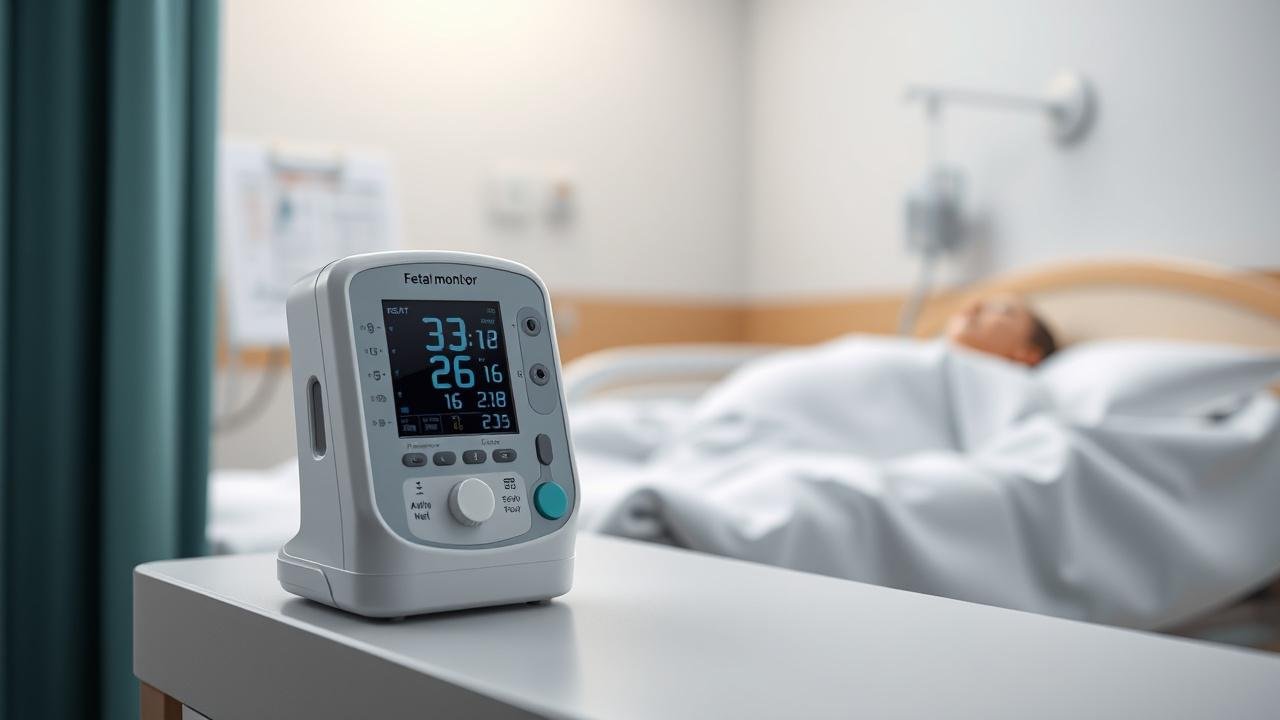Labor is a complex journey marked by distinct stages, each with its own signs and challenges. From the first subtle contractions to the moment of delivery, understanding these phases helps expectant parents feel more confident and prepared. This guide breaks down every step—from recognizing early labor signals and navigating intense contractions to exploring pain relief options and the vital role of support persons. We’ll also cover what happens right after birth and how to prepare before labor begins, offering a clear, simple path through this life-changing experience.
The Initial Phase: Recognizing Early Labor Contractions and What They Mean
The initial phase of labor is crucial for recognizing early contractions and understanding their significance in the overall birth process. These first mild, irregular tightening sensations often signal that the body is preparing for delivery but can easily be mistaken for Braxton Hicks or false labor. Paying close attention to contraction frequency, duration, and intensity helps differentiate true early labor from other sensations. This phase sets the stage for the changes explored later in “Navigating Active Labor,” where contractions become stronger and more regular alongside cervical dilation. Early recognition also informs timely decisions about pain relief options and when to involve support persons, as discussed in other sections. Understanding these initial signs reduces anxiety and empowers birthing individuals to manage discomfort with confidence before entering the more intense transition phase. This foundational awareness ensures smoother progression through subsequent stages, including monitoring dilation, coping with intense contractions, and ultimately preparing for delivery while considering postpartum recovery needs.
Navigating Active Labor: Identifying Stronger Contractions and Cervical Changes

Navigating active labor marks a pivotal shift where contractions grow stronger, longer, and more regular, signaling that the body is progressing beyond early labor. During this phase, it becomes essential to recognize how these intense uterine tightenings coincide with significant cervical changes—primarily dilation and effacement—as detailed in the section on signs of progress. Understanding these physical cues helps expectant mothers and their support teams gauge the timing for hospital arrival or home preparations. This awareness also sets the stage for managing the transition phase, where contractions reach peak intensity before delivery. Active labor demands focused attention on comfort strategies outlined in pain relief options and benefits greatly from emotional support as described under the role of support persons. Being well-informed about active labor deepens readiness born from earlier preparation tips and ultimately eases the path toward postpartum recovery after delivery is complete.
Managing the Transition Phase: Coping with Intense Contractions and Preparing for Delivery
Managing the transition phase is often considered the most intense and challenging part of labor, marked by powerful, frequent contractions that signal the body’s final preparation for delivery. During this critical stage, contractions can feel overwhelming as they rapidly increase in strength and duration, demanding focused breathing and coping strategies introduced in earlier phases like active labor. Understanding these sensations helps expectant mothers stay grounded amid the intensity. This phase bridges the progress monitored through dilation and effacement while signaling that delivery is imminent. Support persons play a vital role here by offering emotional reassurance and physical comfort, complementing pain relief options explored throughout labor. Preparing mentally for this peak moment during early labor education can empower women to face transition with confidence. Recognizing transition as a natural crescendo ensures smoother passage into delivery and sets the tone for postpartum recovery, emphasizing how each stage connects to build a comprehensive birth experience.
Signs of Progress: Monitoring Dilation and Effacement as Labor Advances

Monitoring dilation and effacement is a crucial indicator of labor’s progression, marking clear signs that the body is preparing for delivery. As the cervix thins (effacement) and opens (dilation), healthcare providers can assess how close labor is to advancing from early contractions into active labor, a transition detailed in the section on navigating stronger contractions and cervical changes. These measurable cervical shifts provide tangible evidence alongside contraction patterns described in the initial phase, helping caregivers and birthing individuals anticipate when pain relief options might be most effective or when support persons should intensify their involvement. Understanding these signs also primes expectant parents for managing the intense sensations during the transition phase. By closely tracking dilation and effacement, families gain insight into how soon delivery will follow, linking directly to postpartum recovery preparations and reinforcing key guidance shared throughout the blog about what to expect before and during labor’s unfolding stages.
Pain Relief Options During Labor: Exploring Natural and Medical Approaches for Comfort
Pain relief options during labor play a crucial role in helping expectant mothers manage the intensity of contractions as they progress through each stage, from early labor to delivery. Exploring both natural methods, such as breathing techniques, movement, and hydrotherapy, alongside medical approaches like epidurals or analgesics, empowers women to find comfort tailored to their needs. Understanding these options connects closely with recognizing early contractions and navigating active labor phases, where pain levels typically increase. Effective pain management also supports coping during the transition phase when contractions peak in strength. Moreover, partners and doulas often assist by encouraging chosen comfort strategies, reinforcing the importance highlighted in the role of support persons section. Considering pain relief choices beforehand ties into preparation tips for labor readiness, ensuring women feel informed and confident. Ultimately, balancing natural and medical approaches fosters a more positive labor experience while complementing monitoring progress and easing postpartum recovery challenges after delivery.
The Role of Support Persons: How Partners, Doulas, and Care Teams Enhance the Labor Experience

Support persons play a vital role in shaping a positive labor experience, offering emotional, physical, and informational support that complements medical care. Partners provide comfort and reassurance during early contractions, helping birthing individuals recognize signs of labor as outlined in the initial phase. Doulas bring specialized guidance throughout active labor, assisting with coping strategies during stronger contractions and cervical changes. Their continuous presence can ease the transition phase by helping manage intense contractions and preparing for delivery with calming techniques. The care team’s collaboration ensures monitoring of dilation and effacement progresses smoothly while discussing pain relief options tailored to individual needs. Beyond delivery, support persons also aid postpartum recovery by facilitating immediate care and emotional adjustment. Understanding these supportive roles highlights how a well-rounded labor environment integrates preparation, physical endurance, and compassionate assistance to enhance every stage from early contractions through delivery and beyond.
Postpartum Recovery: Understanding the Immediate Hours After Delivery and Initial Care Needs
Postpartum recovery marks a crucial phase immediately after delivery, focusing on the mother’s physical and emotional stabilization. In the first hours following birth, healthcare providers closely monitor vital signs, bleeding, and uterine contractions to ensure the uterus is contracting properly to prevent excessive bleeding. This period also involves initial care needs such as managing perineal discomfort and supporting breastfeeding initiation. Understanding this phase complements earlier sections like “Managing the Transition Phase,” where preparation for delivery begins, and “Pain Relief Options During Labor,” as some pain management strategies extend into postpartum care. The presence of support persons remains vital here, offering emotional reassurance as described in “The Role of Support Persons.” Recognizing how these immediate recovery steps fit within the overall labor journey helps families feel informed and empowered throughout both labor and post-delivery stages.
Preparing for Labor: Essential Tips and What to Expect Before the First Contraction
Getting ready for labor involves more than just packing a bag—it’s about tuning into your body, understanding the signs that signal the journey ahead, and mentally preparing for each phase from early contractions to delivery. Knowing what to expect before that first contraction helps ease anxiety and empowers you to navigate active labor and the transition with greater confidence. This preparation sets a foundation that supports pain management choices, embraces the vital role of your support team, and ultimately fosters a smoother postpartum recovery. Through it all, resources like MomDadDispatch.com offer steady guidance and reassurance every step of the way.






